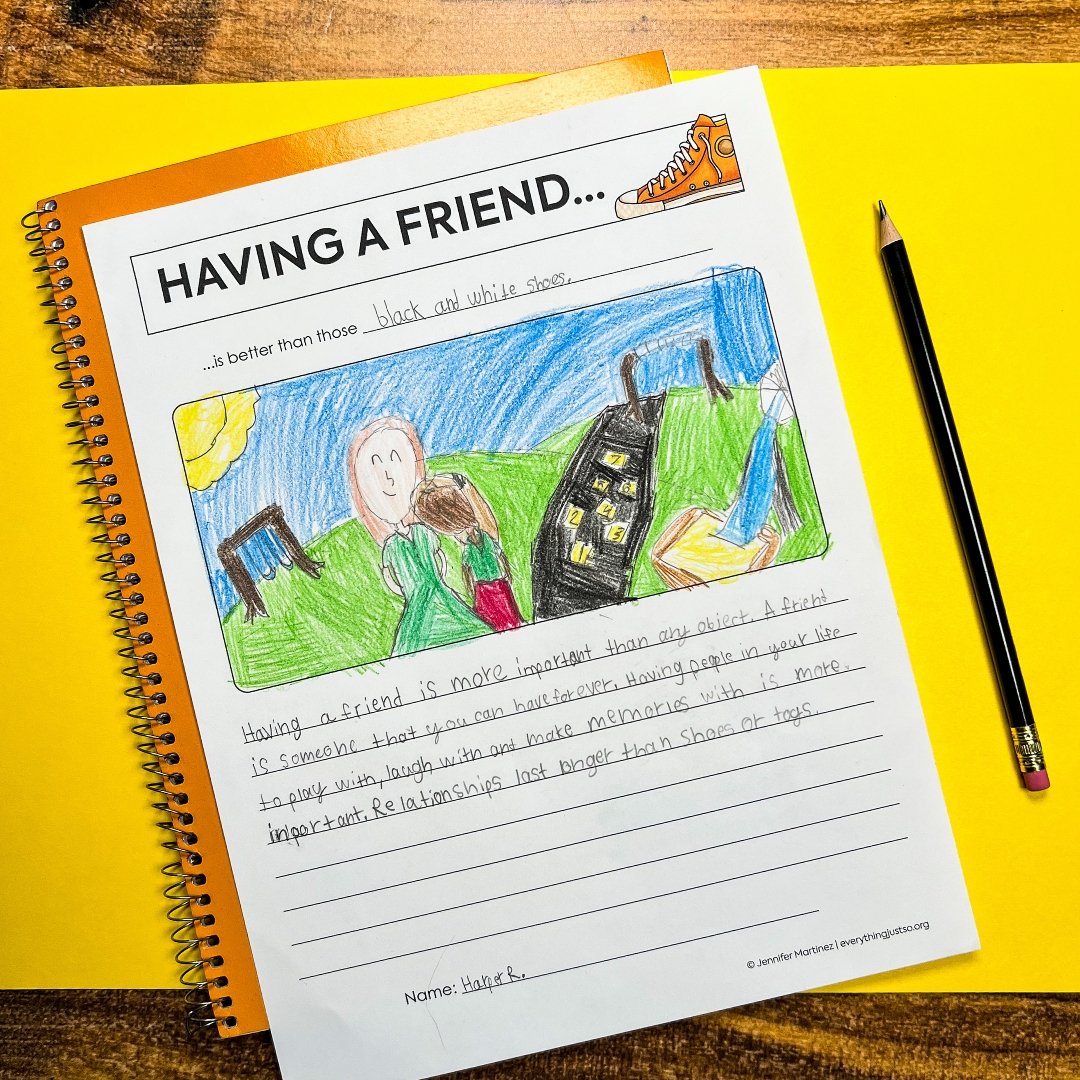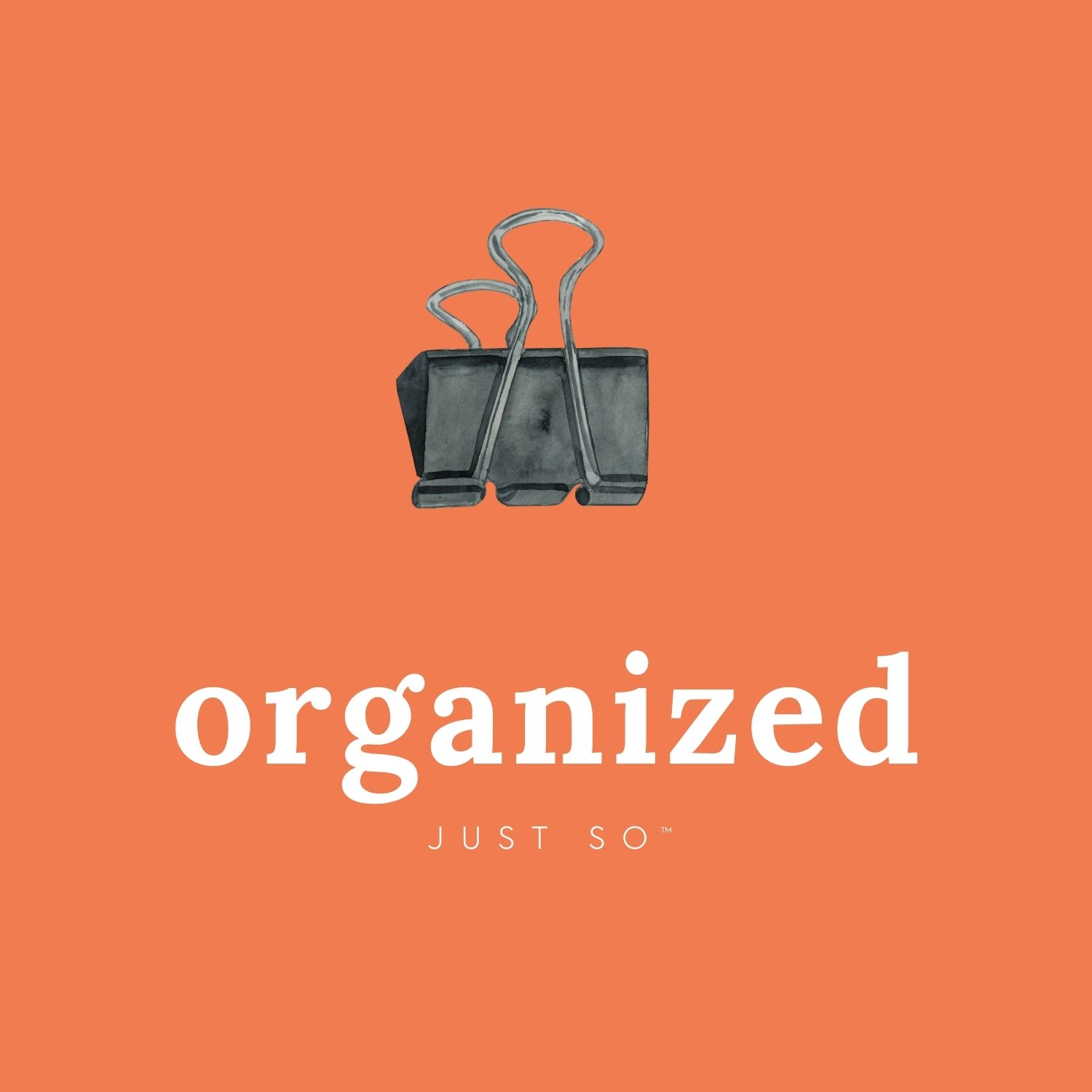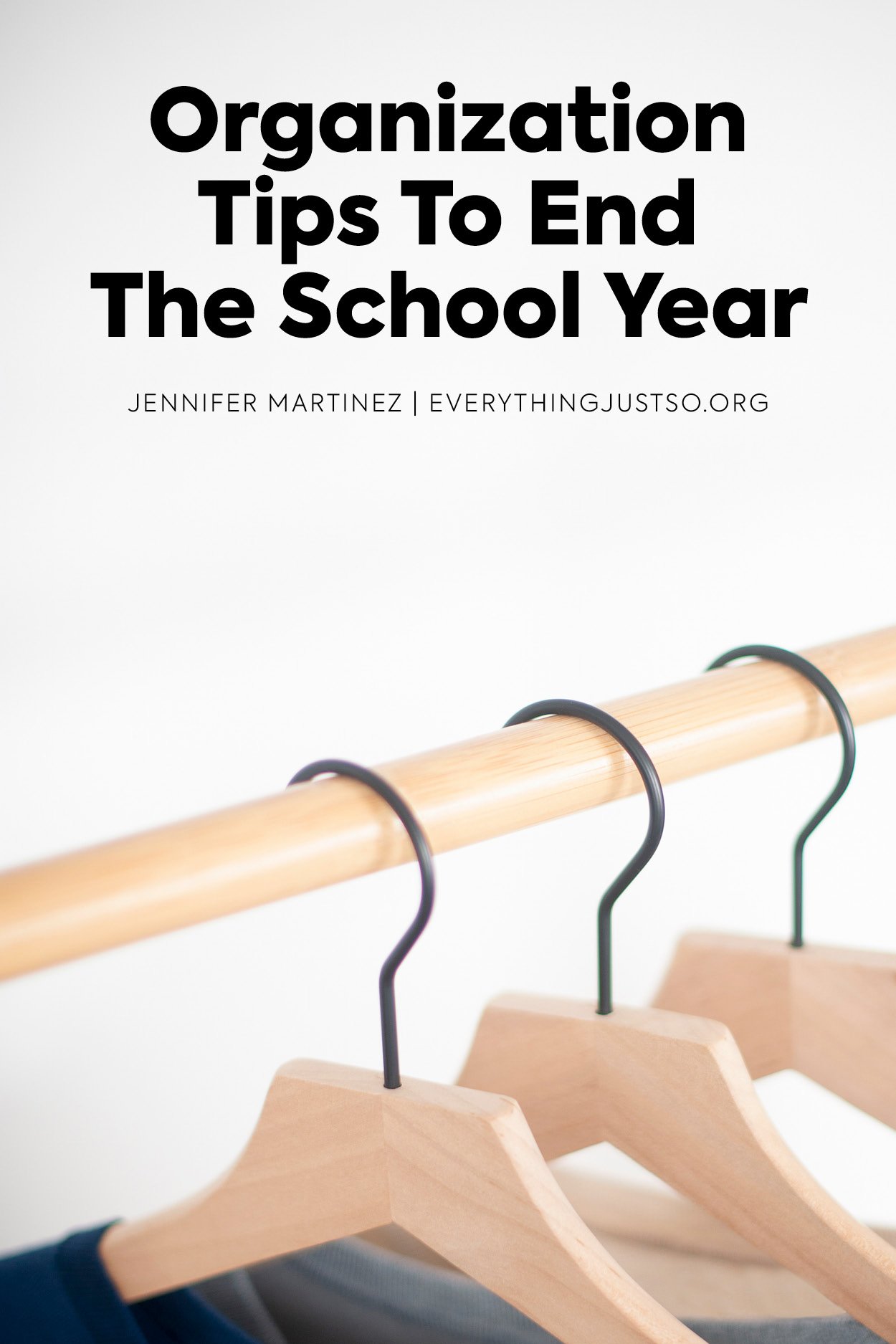Classroom Organization Tips for an Easy End of the Year
The end of the school year brings a mix of emotions—excitement, exhaustion, and that sense of impending chaos that comes with closing up a well-used classroom.
If you're feeling overwhelmed by all that needs to be done, you're not alone. But with a little planning and a few strategic steps, you can wrap up the year in a way that sets you up for success next fall.
In this post, I’m sharing six classroom organization tips to help you close out your year smoothly—plus a free printable checklist you can use to stay on track.
This post contains affiliate links, which means I earn a small amount should you make a purchase using one of the links at no extra cost to you. The earnings help cover the cost of this site.
Why End-of-Year Organization Matters
A cluttered classroom can leave you feeling drained and disorganized. But more than that, skipping thoughtful year-end cleanup means walking into chaos in August.
By taking a few purposeful steps now, you’re saving future-you a whole lot of stress and time.
End-of-year organization isn't about perfection.
It’s about creating systems that make the transition out—and back into—your classroom more manageable. When your space is clear, your mind will be too.
Step 1: Purge with Purpose
Let’s start with the most freeing step: the purge. I say this often, but it’s worth repeating—stop storing things “just in case.”
As you sort through your materials, ask yourself:
Did I use this resource this year?
Did it bring value to my students?
Would I honestly use it again?
That untouched stack of foam letters? Those dusty seasonal worksheets from five years ago? If they didn’t serve your classroom this year, chances are they won’t next year either.
Free up your space—and your mental energy—by releasing anything that doesn’t support student growth, creativity, or independence.
Step 2: Organize What You’re Keeping
Once you’ve purged the extras, organize what remains. Choose clear bins whenever possible so you can see what’s inside without digging. Use labels or color tabs to group like items together (manipulatives, read-alouds, center materials, etc.).
These are my favorites:
Now’s also the time to take inventory.
What do you have plenty of? What do you consistently run out of? Make a list so you can shop intentionally during back-to-school sales. Trust me—future-you will thank you.
Step 3: Photograph Your Current Setup
Save yourself the headache of trying to remember how you had things arranged by taking photos before you tear anything down.
Snap shots of:
Your classroom library and book bins
Center layouts
Wall displays and bulletin boards
Desk arrangements
Upload the photos to a digital folder and include notes if there are things you want to tweak next year. This simple step will save time and decision fatigue in August.
Step 4: Reflect on the Year
You’ve spent nearly 180 days building a classroom community—don’t let the insights you’ve gained fade away.
Keep a notepad or printable reflection page on your desk for those last few weeks. Jot down thoughts like:
What classroom routines worked well?
Which ones didn’t?
What would I like to try differently next year?
It doesn’t have to be formal. Just give yourself the space to reflect while it’s fresh.
Want a comprehensive Reflection Journal? Find one perfect for summer for free in The Treasury.
Step 5: Prep Back-to-School Materials Now
I know—you’re barely closing out this year. But here’s the secret: prepping just a few basics now makes the start of school feel 10x easier.
Here are some things you can copy or prep in advance:
Welcome packets for students and parents
Open House materials (sign-in sheets, surveys, classroom info)
Beginning-of-year assessments (phonics, fluency, writing samples)
Spelling dictionaries or frequently used tools
Labels for desks, cubbies, or mailboxes (leave names blank for now)
Store everything in one labeled bin labeled, “OPEN FIRST” and place it where it’s easy to find when you return.
Step 6: Involve Students Without Losing Control
Your students can help—but timing is everything. Keep your classroom intact until the very end to maintain focus and structure.
In the final days, invite students to help with:
Wiping down desks, chairs, and cubbies
Organizing classroom library bins
Sorting center materials and supplies
Removing name tags and personal labels
Sharpening pencils or cleaning whiteboards
These tasks give students a sense of ownership and help you lighten the load.
How to Actually Get It All Done
You don’t need to do everything at once. Spread the work across your final month of school.
Come in early once a week to use the copier without a line
Stay late just one or two afternoons to organize or prep
Focus on one main task each week (purge, organize, prep, etc.)
These small time blocks can add up to big progress—without adding burnout.
On The Last Day Of School:
Collect students’ personal items from cubbies, lockers, and desks to send home. I stock up on grocery bags the last month of school so I have plenty for students to carry home all of their extra belongings.
Send home summer review packs, books, and other “extra” items such as leftover copies of lesson pages and books. Find ready to go resources here.
Stack chairs and move to one corner of the room along with desks and other seating options.
Download Your Free End-of-Year Checklist
Want a step-by-step version of everything in this post?
You can find the printable end-of-year checklist inside The Treasury, my free resource library. It breaks down each task into manageable steps and includes room to make it your own.
Grab it here. Don’t have access to The Treasury? It’s easy - just sign up here.
Want a Full System for Getting Organized?
If you love a good checklist but know you need a little more structure, you're not alone.
That's why I created Organized Just So™—a complete framework to help teachers get (and stay) organized.
It’s not just about decluttering.
It’s about creating efficient systems that save you time, reduce decision fatigue, and free up space for what really matters.
Click here to learn more and see if it’s the right fit for you.
Wrapping It Up…
You don’t have to organize everything. You just have to start. Choose one step this week and build from there.
You’ll walk into next year calmer, more prepared, and way more confident.
Don't forget to download your free checklist—and let me know which tip helped you most!
FAQs
What should I prioritize during end-of-year cleanup?
Start with purging and organizing. Clearing unused items and labeling what you’re keeping makes everything else easier.
What’s the best way to prep for back-to-school early?
Copy essentials like welcome packets, Open House forms, and center materials before you leave for summer. Store them in a labeled bin.
How do I keep students engaged while organizing?
Keep routines intact until the last couple of days. Then give students specific, purposeful cleanup jobs that make them feel involved.
Where can I find the free checklist?
It’s available inside The Treasury, my free resource library for newsletter subscribers.
What is Organized Just So™ and how does it help?
It’s my guided system for organizing your classroom, routines, and workload—designed to help teachers save time, space, and energy all year long.
pin these ideas for later:
more helpful tips:








